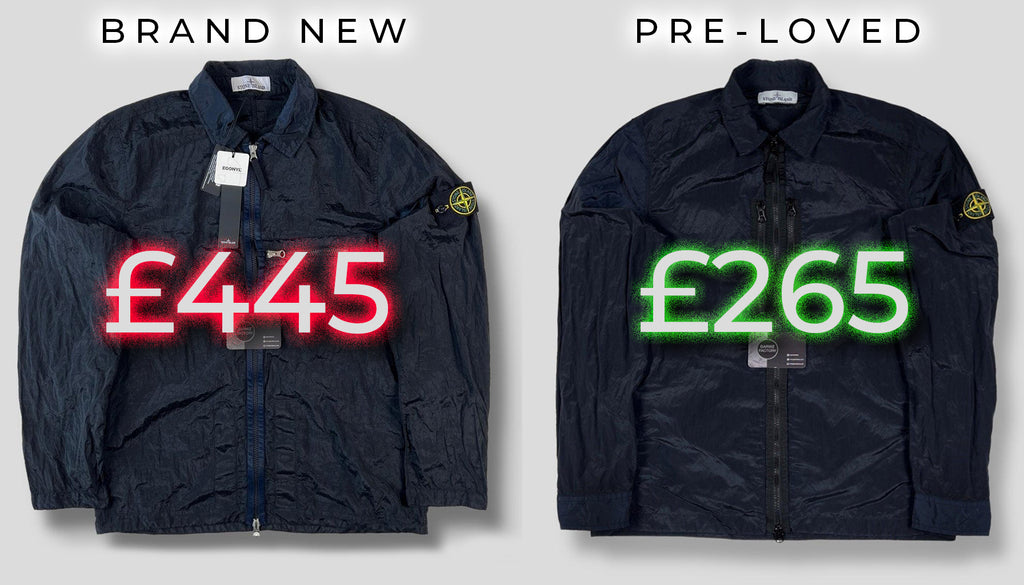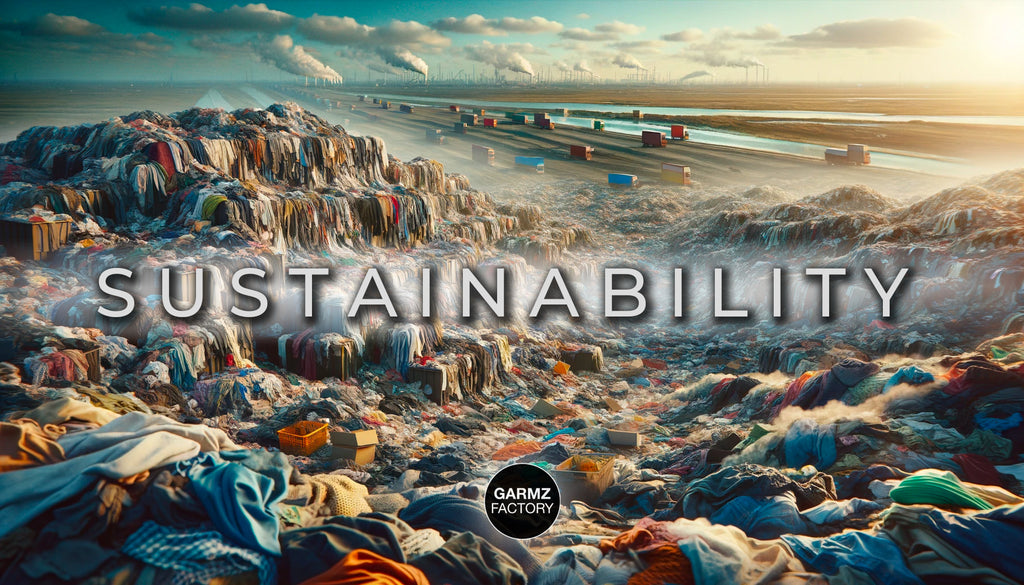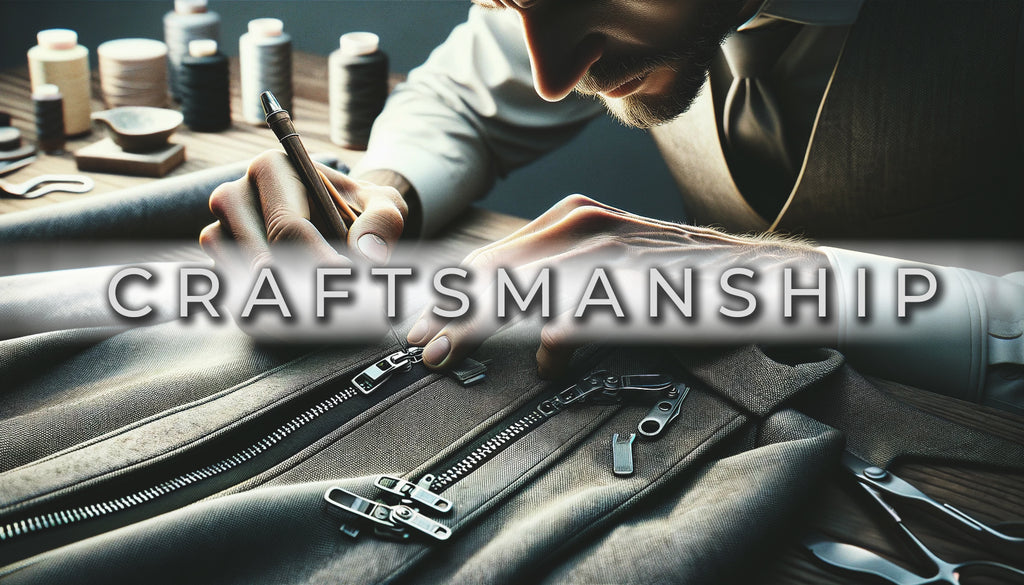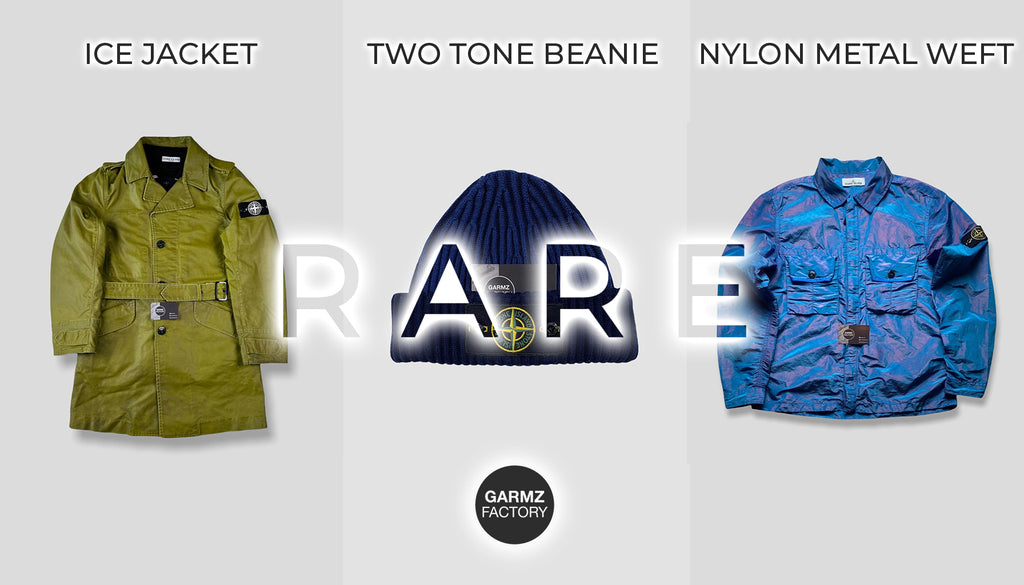Why buy second-hand designer clothing?
Continue reading below to find out 10 reasons why you should consider buying pre-loved or second-hand designer clothing instead of brand-new.
- APPEAL FACTOR

There are so many reasons to consider buying pre-loved or second-hand designer clothing over brand-new items. With ever-increasing RRP prices from major fashion brands, sometimes buying used clothing is the only way to ensure you get value for your money.
Think about the cost savings with the ability to save sometimes up to 90% on RRP. Couple this with being able to discover rare, discontinued and sought-after items that are no longer available to buy in retail stores and you’ve got a winning combination.
Second-hand shopping is an excellent way of making a conscious effort to avoid fast fashion which is often associated with low-quality products and questionable working conditions. You also get to support small local businesses or charitable organizations which encourages healthy competition in a market dominated by the big players.
Although being financially responsible plays a role in the pre-loved clothing market, it also provides an opportunity to express your own personal style as it’s less likely others will have the same item of clothing.
One of the best analogies when thinking about buying second-hand clothing is to compare it to buying a brand-new car. In many cases, money is lost as soon as you leave the showroom, but when you buy second-hand, there’s less depreciation, meaning not only do you get a cheaper price but you retain more of the original money spent should you wish to sell in future. This means you can keep rotating your wardrobe without losing much money.
- COST SAVINGS

Buying second-hand designer clothing offers significant cost savings because you miss out on the initial depreciation the original buyer took on when they purchased it brand new from a high street retailer. Pre-owned designer pieces are typically priced far below their original retail value, making high-quality fashion accessible to a much wider audience.
You may not always get the exact same model at the discounted price, but you'll get something close enough. Just take these two nylon metal overshirts above in the image. Both the same material, both Stone Island yet one is over 40% cheaper. Suddenly high fashion becomes attainable when initially you may have thought it was out of reach. Move over Primark, I’m buying Prada this year. Shop our new & pre-loved designer clothing here.
- SUSTAINABILITY / ENVIRONMENTAL IMPACT

Buying second-hand designer clothing benefits the environment by reducing the need for new clothing production. It extends the lifespan of clothing, conserves resources, minimizes textile waste, and promotes a sustainable, circular economy.
Studies have shown that extending the life of a garment by just nine extra months through second-hand use can reduce its carbon, water, and waste footprint by 20-30%. This may not be at the forefront of our minds right now, but it’s only going to become more prevalent in the future with a continued focus worldwide on protecting our environment.
- QUALITY / CRAFTSMENSHIP

Quantitative data comparing the durability of vintage designer clothing to contemporary production is quite limited. However, anecdotal evidence and expert opinions often suggest that vintage designer clothing tends to be more durable and of higher quality. This is often discussed in online forums and marketplaces for specific brands.
Consider things like printed logos being used instead of embroidery and the use of synthetic down and faux leather. There’s often a reason that avid collectors of brands with long-standing heritage such as Stone Island are opting for pieces designed in the late 80’s, 90’s and early 00’s instead of the more mass-produced products from the last few years. Older pieces often appear to be more considered in their appearance, functionality and general quality than those products made today.
- UNIQUE / RARE FINDS

One of the best things about second-hand shopping is the fact it’s a unique and exciting experience due to the thrill of ‘treasure hunting’. You never know what hidden gems you might discover, from vintage designer pieces to one off items, samples & exclusive collaborations no longer available for retail purchase. It’s a great way to make you stand out with a unique wardrobe.
- BRAND AUTHENTICITY
There are a number of excellent systems in place now to help authenticate second-hand designer pieces, making it a much more feasible thing to do in comparison to a decade ago. Brands employ excellent anti-counterfeiting software such as NFC tags, use of certilogo scanning & continuously switching up the design of wash labels to stay ahead of counterfeiters.
There’s also some really great software such as Entrupy, who use microscopic scans of product images to compare legitimate and fake products. This is a recent and revolutionary advancement in authenticity technology and is primarily used on luxury handbags due to the high value.
- PERSONAL STORIES / TESTIMONIALS

There’s unlimited access to testimonials from people buying pre-loved luxury designer clothing from retailers including ourselves on platforms such as Trust Pilot and Google Reviews. This makes the decision to buy second-hand clothing a lot easier and allows you to pick between different online retailers offering pre-loved designer, ensuring they deliver on cost savings, authenticity, the item condition and quality of listing description and photos. Check out our Trust Pilot reviews here
- FASHION TRENDS
Second-hand shopping significantly influences current fashion trends by offering an eco-conscious, responsible approach to fashion, facilitating the resurgence of vintage and retro styles, and encouraging personal style exploration. Many celebrities opt for pre-loved and vintage luxury along with many shifts being witnessed in real-time such as Love Island using eBay to kit out their contestants.
- FUTURE OF SECOND-HAND FASHION
The outlook for the second-hand designer clothing market is highly promising and shows continued growth. Online resale is flourishing, sustainability remains a top priority, and various trends and developments are shaping the industry.
Just look at the likes of Lululemon, Cos & Canada Goose all launching their own in-house resale platforms for pre-loved clothing. This allows the brands to take control of their own circular supply chain of buying and selling, ensuring items are authentic whilst allowing them to tap into their existing customer relationships and marketing efforts.
- BALANCING NEW AND PRE-LOVED CLOTHING

A balanced approach that combines new and used items is a practical and sustainable choice. New items often offer improved durability and technological advancements in their design along with improved hygiene in specific categories. A mix of new and used items provides variety and flexibility, allowing you to adhere to seasonal trends and your individual taste while reducing overall environmental impact.
SUMMARY
In conclusion, second-hand designer clothing offers significant advantages, including cost savings, sustainability and the appeal of unique finds. It fosters financial responsibility, encourages personal expression, and minimizes waste, aligning with sustainability and ethical consumerism. A balanced approach, mixing new and used items, provides flexibility and aligns with personal values and needs. Ultimately, second-hand fashion presents a budget-friendly, sustainable, and unique means of fashion consumption that resonates with a host of different consumers.

